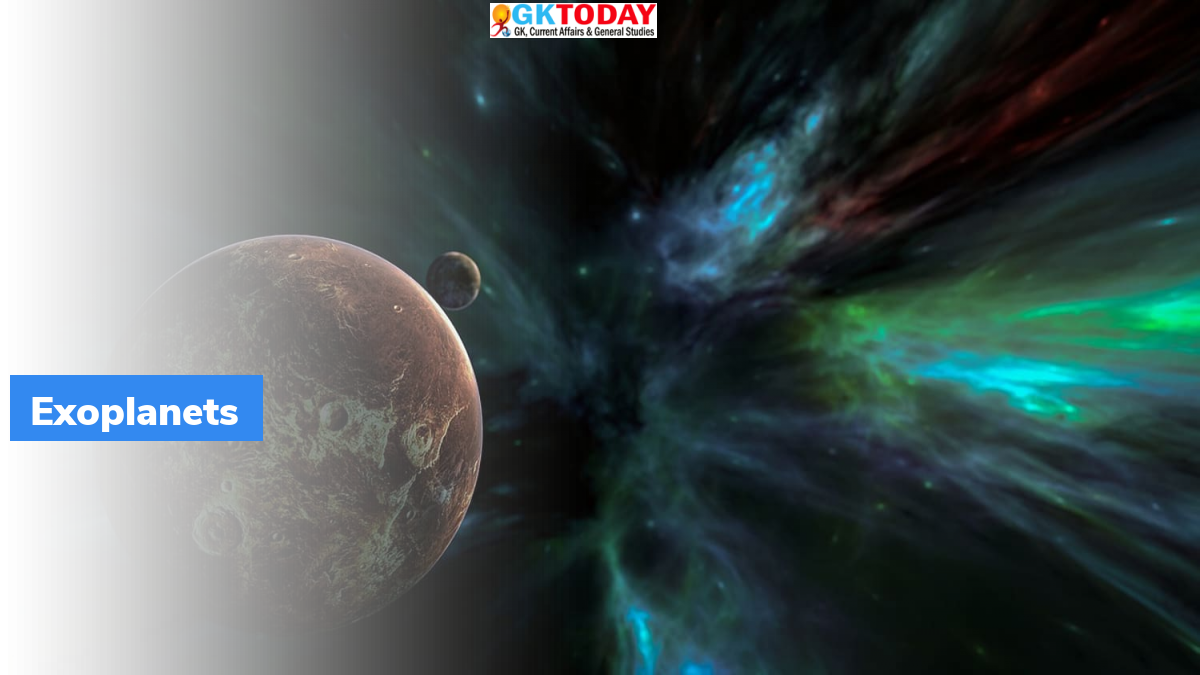Deformable Mirrors in Space Telescopes: Enabling Precise Exoplanet Imaging
Deformable mirrors (DM) are emerging as critical components in space telescopes, offering the capability to achieve wavefront control and correct optical aberrations. NASA highlights the potential of deformable mirrors in enabling the direct imaging of exoplanets by addressing imperfections and shape changes in space telescopes at subatomic scales. This technology becomes crucial for studying Earth-like planets orbiting neighboring stars and determining their potential habitability.
Challenges in Exoplanet Detection
Directly photographing exoplanets poses challenges due to the overwhelming brightness of host stars, obscuring the faint light emitted by the planets. A coronagraph is employed to reduce the glare from the host star, allowing the capture of reflected light from the planet. However, even minor flaws in the telescope’s optics can result in starlight leakage, creating glare that hinders exoplanet detection.
Role of Deformable Mirrors in Coronagraphs
NASA emphasizes the importance of deformable mirrors in coronagraphs, stating that they play a crucial role in repairing small imperfections in the telescope’s optics. These mirrors contribute to eliminating any remaining starlight contamination, enabling a more precise and accurate imaging process.
Unprecedented Control for Exoplanet Discovery
The report underlines the challenges in detecting Earth-like planets, which are approximately 10 billion times fainter than their parent stars. Achieving precise control over the telescope and instrument’s optical quality, or wavefront, at an extraordinary level of tens of picometers is essential for overcoming these challenges. Deformable mirrors offer the capability to reach this level of control, allowing for the detection of faint exoplanet signals amidst the glare of host stars.
Space Coronagraphs and Future Testing
NASA anticipates that future space coronagraphs equipped with deformable mirrors will achieve the required level of wavefront control. These advanced devices are slated to undergo testing in space through a coronagraph technology demonstration instrument aboard NASA’s Roman Space Telescope, scheduled for launch in May 2027. The success of this technology holds significant promise for advancing our understanding of distant exoplanetary systems and their potential to support life.
Related Posts
Month: Current Affairs - November, 2023
Category: Science & Technology Current Affairs






